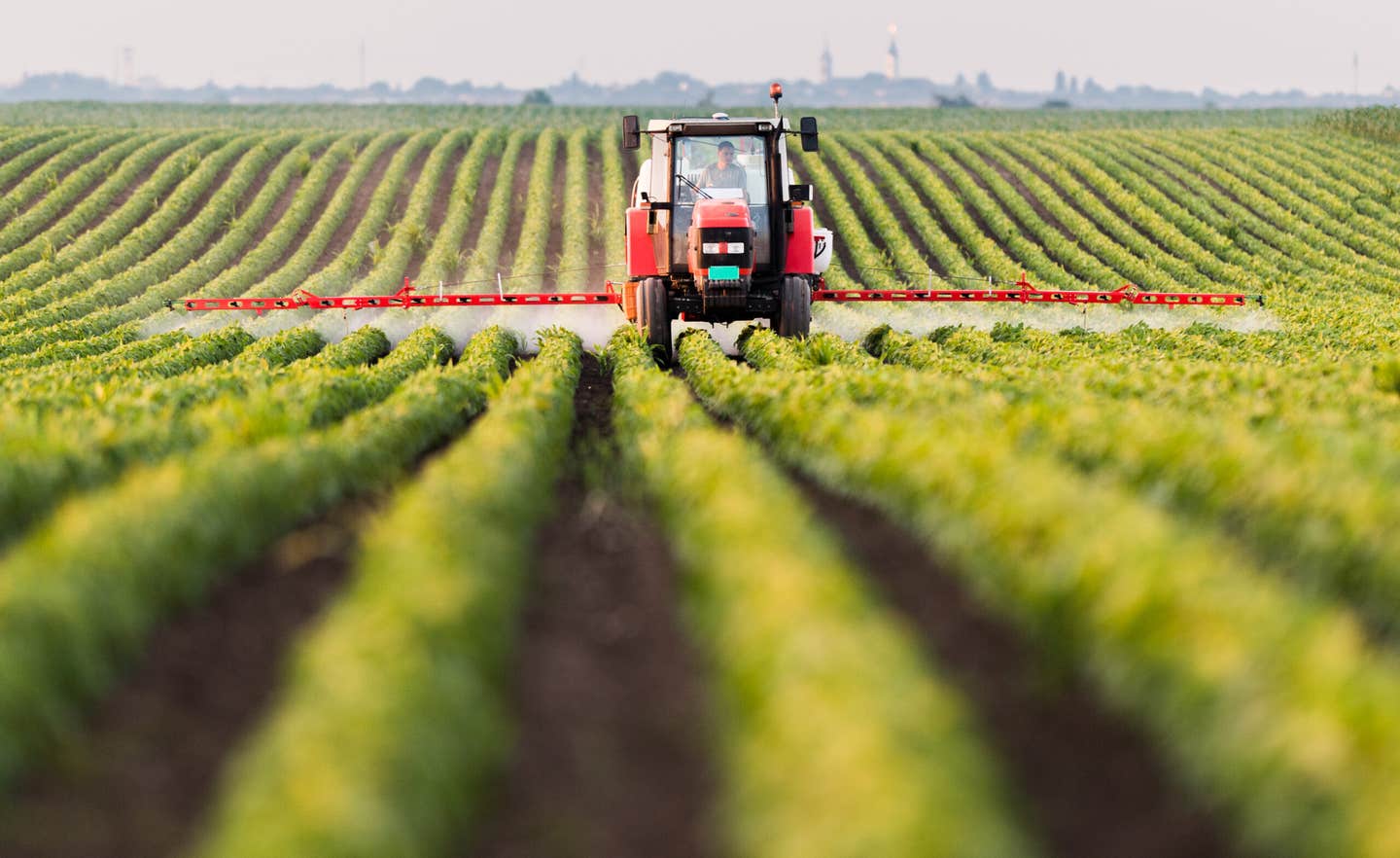Farming breakthrough dramatically cuts the use of pesticides to protect crops against diseases
The implications of this breakthrough extend far beyond the realm of agriculture, as it could potentially revolutionize plant health

[Jan. 8, 2024: JD Shavit, The Brighter Side of News]
Scientists have successfully engineered the microbiome of plants, enhancing the prevalence of beneficial bacteria that safeguard them against diseases. . (CREDIT: Adobe Images)
In a groundbreaking achievement, scientists have successfully engineered the microbiome of plants, enhancing the prevalence of beneficial bacteria that safeguard them against diseases.
This remarkable discovery, recently published in Nature Communications, stems from collaborative research efforts between the University of Southampton, China, and Austria. The implications of this breakthrough extend far beyond the realm of agriculture, as it could potentially revolutionize plant health and substantially diminish the use of harmful pesticides.
Much like the human body's microbiome, which comprises a diverse array of microorganisms residing in and around us, plants also harbor a multitude of bacteria, fungi, viruses, and other microorganisms within their roots, stems, and leaves.
Over the past decade, scientists have delved into the intricate world of plant microbiomes, aiming to unravel their influence on plant health and susceptibility to diseases.
Related Stories
Dr. Tomislav Cernava, co-author of the study and Associate Professor in Plant-Microbe Interactions at the University of Southampton, explains the significance of this milestone, stating, "For the first time, we've been able to change the makeup of a plant's microbiome in a targeted way, boosting the numbers of beneficial bacteria that can protect the plant from other, harmful bacteria."
This accomplishment holds the potential to reduce our reliance on environmentally destructive pesticides, which have long been a cause for concern.
Dr. Cernava further underscores the broader applicability of their findings, saying, "We've achieved this in rice crops, but the framework we've created could be applied to other plants and unlock other opportunities to improve their microbiome. For example, microbes that increase nutrient provision to crops could reduce the need for synthetic fertilizers."
Phyllosphere microbiome comparisons of indica and japonica rice varieties. (CREDIT: Nature Communications)
The international research team identified a specific gene within the lignin biosynthesis cluster of rice plants that plays a pivotal role in shaping their microbiome. Lignin, a complex polymer present in plant cell walls, constitutes a substantial portion of the biomass in certain plant species, exceeding 30 percent in some cases.
In their investigation, the researchers first deactivated this gene, leading to a decrease in the population of beneficial bacteria. This confirmed the gene's crucial role in modulating the microbiome community. Subsequently, they over-expressed the same gene, causing the plant to produce more of a particular metabolite—a small molecule generated during the plant's metabolic processes. This augmentation boosted the proportion of beneficial bacteria within the plant's microbiome.
GWAS with rice phyllosphere microbiome. Species associations for the four predominant bacterial orders and GWAS locus clusters. GWAS locus clustering is based on Bray-Curtis distances of bacterial species associated with each locus. (CREDIT: Nature Communications)
When these genetically engineered plants encountered Xanthomonas oryzae, a pathogen responsible for bacterial blight in rice crops, they exhibited significantly enhanced resistance compared to their wild-type counterparts.
Bacterial blight poses a recurring threat in Asia, often resulting in substantial rice yield losses. Historically, its control has relied heavily on the use of polluting pesticides, making the development of crops with protective microbiomes a significant stride towards food security and environmental preservation.
OsPAL02 is linked to phyllosphere microbiome assembly and has implications for plant health. Bacterial communities at order level in WT (wild-type, ZH11 rice variety), KO (OsPAL02-knockout) and OE (OsPAL02-overexpression) plants. (CREDIT: Nature Communications)
Looking ahead, the research team is keen on exploring how they can manipulate the presence of other beneficial microbes to unlock diverse advantages for plant health. This pioneering work underscores the potential for harnessing the power of microbiomes to safeguard crops, reduce the environmental impact of agriculture, and ensure a sustainable future for global food production.
As science continues to unlock the mysteries of the microbiome, the possibilities for improving plant health and reducing pesticide dependency seem boundless.
For more environmental news stories check out our Green Impact section at The Brighter Side of News.
Note: Materials provided above by MIT. Content may be edited for style and length.
Like these kind of feel good stories? Get the Brighter Side of News' newsletter.



